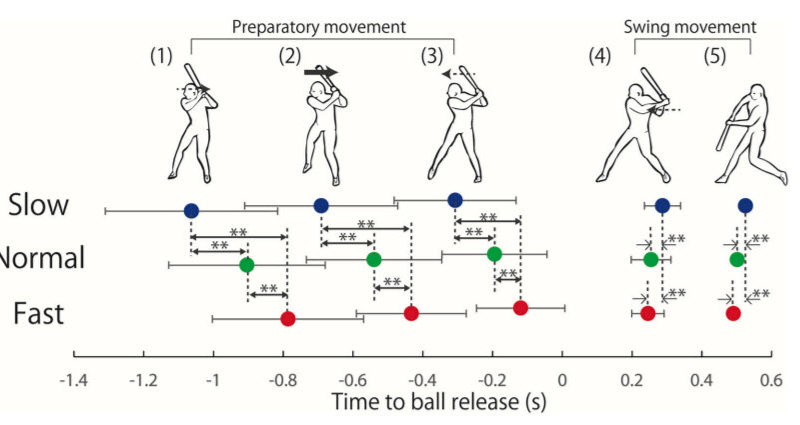391 – Are “Advance Cues” Used for Predictive or Prospective Control?
391 Is the advance information we get from an opponent’s kinematics, their body language, used to predict/anticipate what is going to happen next as traditionally proposed? Or is it used as information to continuous control preparatory movements?Download link Articles:Hitting movement patterns organized by different pitching movement speeds as advanced kinematic information More information:Subscribe in iOS/AppleSubscribe…
Read More




